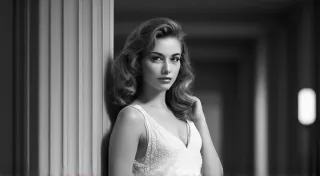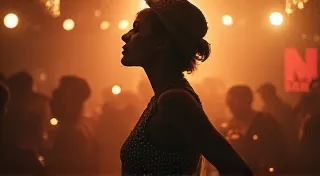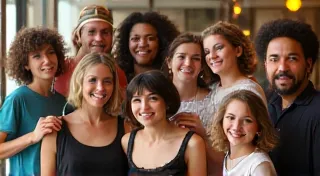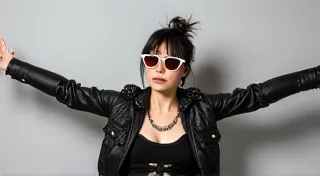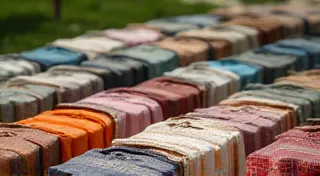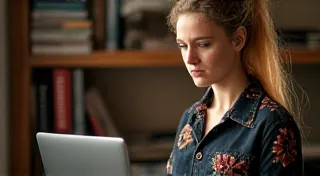Men's Vintage Fashion: A Brief Overview
Exploring the evolution of men's style across various decades.
Men’s fashion, unlike its female counterpart, has historically prioritized functionality and social standing. While trends have undoubtedly existed, the overall aesthetic has shifted with a generally slower pace. This article offers a brief overview of men’s vintage fashion, highlighting key looks and influences from the early 20th century to the late 1970s.
The 1920s: The Echoes of the Great War
The 1920s saw a distinct shift from the restrictive styles of the pre-war era. The devastation of World War I led to a loosening of societal norms, reflected in clothing. Men embraced a more relaxed silhouette. Think wide-legged trousers, often paired with a waistcoat and a soft-collared shirt. The “Oxford Bags” became particularly popular – trousers with dramatically wide legs, a style favored for their comfort and somewhat rebellious flair. Sportswear also started to influence everyday wear, with knitted ties and argyle sweaters gaining traction. Suits were still prevalent, but became less formal, often in lighter colors and with a more casual cut.
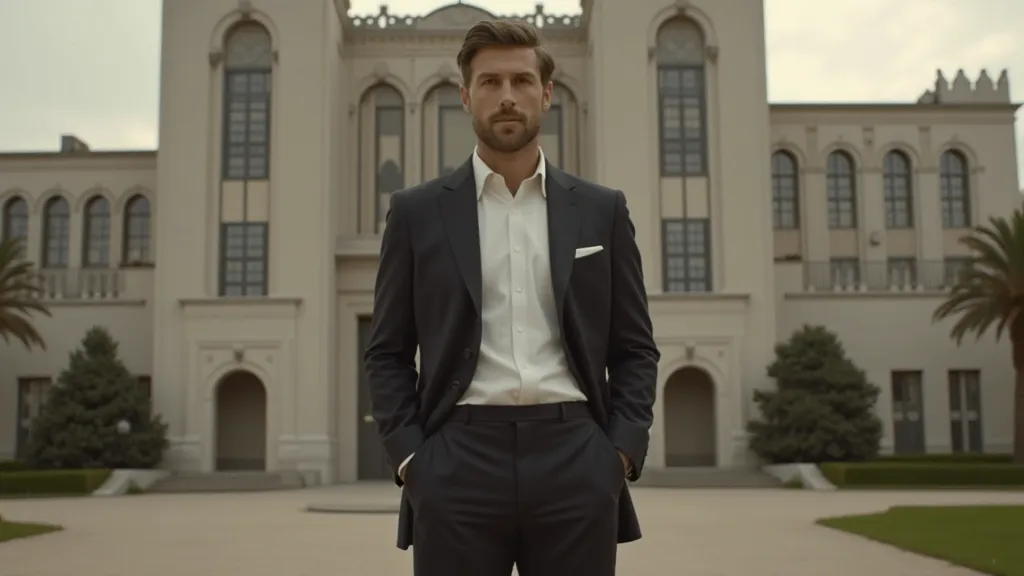
The 1930s: A Return to Tailoring
The economic hardships of the 1930s saw a slight return to more structured tailoring. The wider silhouettes of the ‘20s narrowed a bit, although comfort remained important. Double-breasted suits became fashionable, and trousers were often pleated. The fedora hat was a ubiquitous accessory. Casual wear continued to evolve, with polo shirts and Oxford shirts becoming increasingly popular. The influence of Hollywood stars, like Cary Grant, significantly shaped men's fashion ideals.
The 1940s: Wartime Austerity and Practicality
World War II dictated the style of the 1940s. Rationing and material shortages led to simpler, more utilitarian clothing. Suits were often made from wool blends and featured a more streamlined cut. Trousers were narrower and often cuffed. Double-breasted suits remained popular. Utility clothing, designed for functionality, became commonplace, affecting both civilian and military attire. The "Victory Roll" hairstyle for men was a defining trend.
The 1950s: The Rise of the "Cool" Look
The post-war boom brought a renewed sense of optimism and style. The 1950s witnessed a major shift, heavily influenced by Hollywood icons like Marlon Brando and James Dean. Leather jackets, white t-shirts, and jeans became symbols of rebellious youth. The "Ivy League" look also emerged, characterized by preppy styles like button-down shirts, chinos, and loafers. The 'Teddy Boy' subculture in Britain embraced a flamboyant style inspired by Edwardian fashion. Grey flannel suits, popularized by the film "The Man in the Grey Flannel Suit," represented a more conservative, corporate look.

The 1960s: Mod and Beyond
The 1960s were a decade of radical change, reflected in fashion. The “Mod” subculture, originating in Britain, championed sharp tailoring, slim-fitting suits, and a clean aesthetic. Bright colors and bold patterns began to appear. The rise of rock and roll influenced a more casual look, with longer hair and looser clothing. The Beatnik style, characterized by black turtlenecks and dark, slim trousers, also had a notable presence.
The 1970s: A Decade of Diversity
The 1970s were perhaps the most diverse decade in terms of men’s fashion. Glam rock influenced a flamboyant, androgynous look with platform shoes and glitter. Disco brought a sleek, sophisticated style with satin shirts and flared trousers. The rise of punk rock championed ripped jeans, leather jackets, and safety pins as a form of rebellion. The ‘preppy’ style continued to evolve, featuring polo shirts and brightly colored sweaters. Bell bottoms and longer hair were ubiquitous.
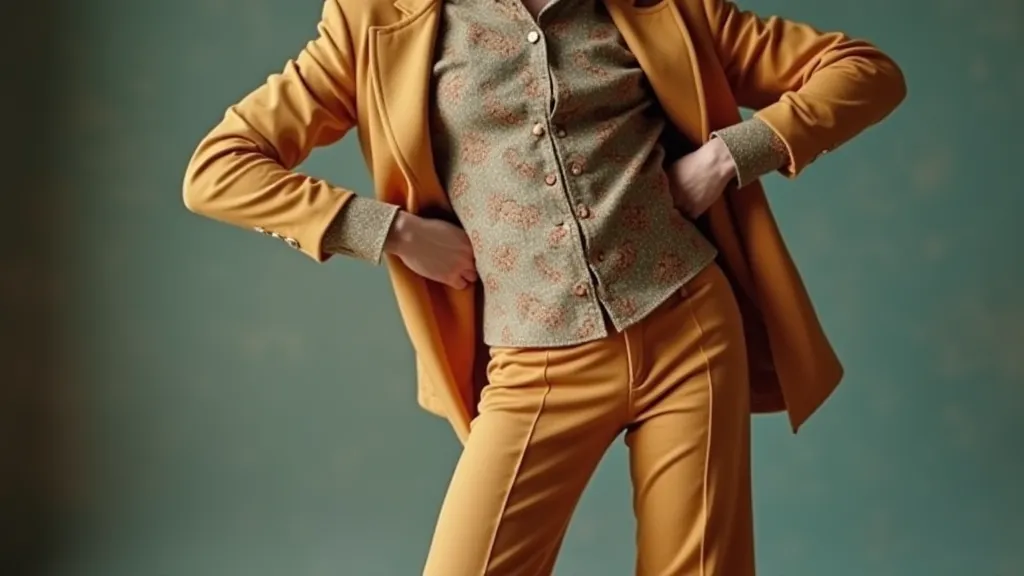
Vintage men’s fashion offers a fascinating glimpse into the social and cultural shifts of the 20th century. From the restrained elegance of the 1920s to the diverse styles of the 1970s, each era offers a unique perspective on men’s style and its ever-evolving role in society.
